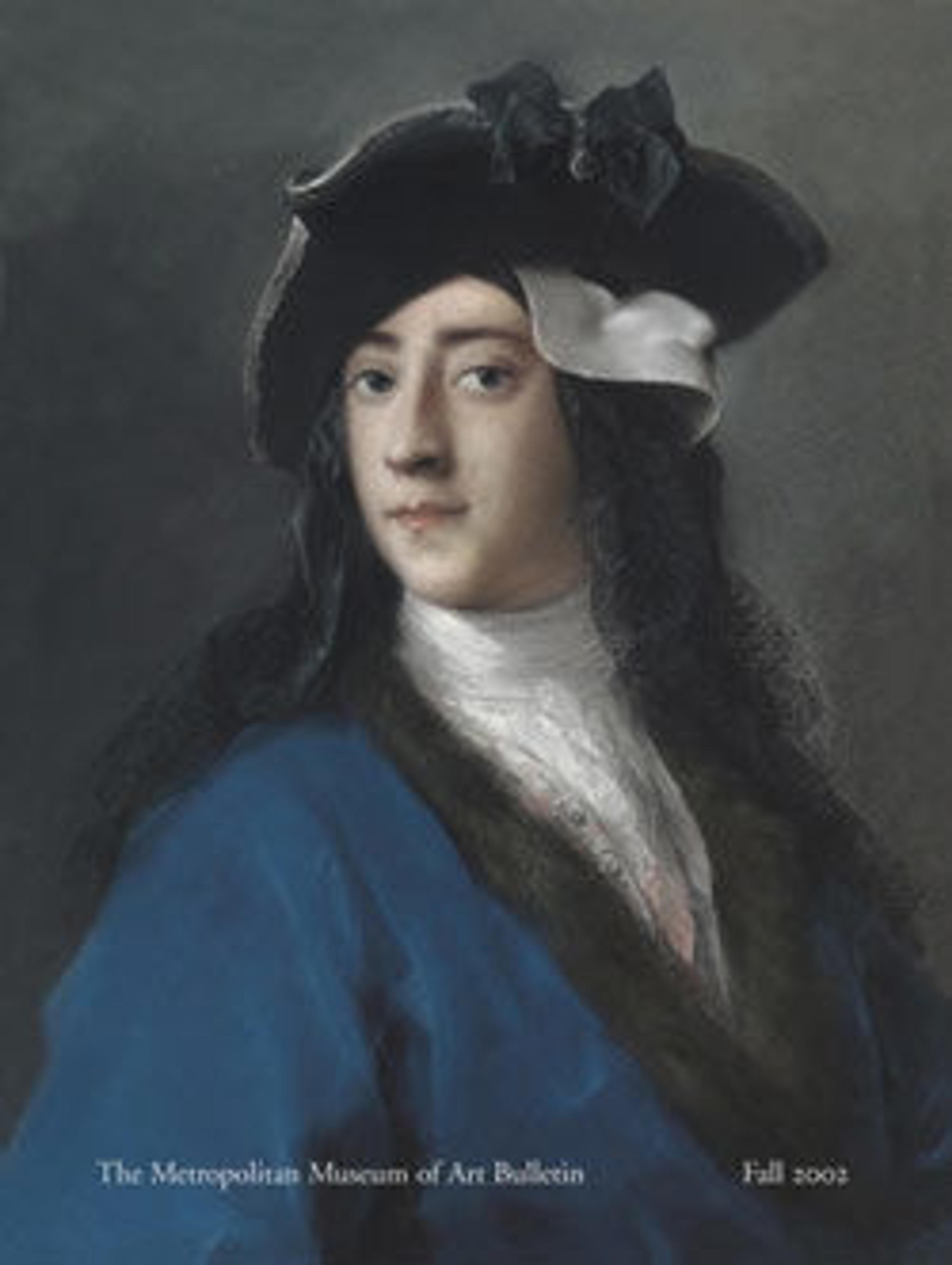Personification of the River Nile
In 1785 Giovanni Volpato established a manufactory in Rome for the production of biscuit-porcelain sculpture. This group personifying the river Nile was the most ambitious work made at Volpato's factory, as well as the most expensive, as shown by a surviving price list. Most of the sculptural groups made under Volpato's supervision were reproductions of antique marbles, the biscuit- porcelain medium being ideally suited to this purpose. The River Nile is a reduction of a colossal Roman marble at the Vatican, much admired in Volpato's time, and is remarkably faithful to the marble original; only the base has been simplified, as was required by the change in scale. The composition is an allegory of fecundity. A cornucopia is placed prominently near the reclining Nile, and the sixteen small children who cavort on and about the figure of the river symbolize the sixteen units of measurement, known as cubits, by which the river rose annually, fertilizing the surrounding areas. The complexity of the composition, due in large part to the incorporation of the children, accounted for the high price of the biscuit group, of which this is the only known example.
Artwork Details
- Title: Personification of the River Nile
- Artist: Giovanni Volpato (Italian, Bassano 1732–1803 Rome)
- Date: ca. 1785–95
- Culture: Italian, Rome
- Medium: Hard-paste biscuit porcelain
- Dimensions: Overall (confirmed): 11 7/8 × 23 1/8 × 11 5/8 in. (30.2 × 58.7 × 29.5 cm)
- Classification: Ceramics-Porcelain
- Credit Line: Purchase, The Isak and Rose Weinman Foundation Inc. Gift, 2001
- Object Number: 2001.456
- Curatorial Department: European Sculpture and Decorative Arts
More Artwork
Research Resources
The Met provides unparalleled resources for research and welcomes an international community of students and scholars. The Met's Open Access API is where creators and researchers can connect to the The Met collection. Open Access data and public domain images are available for unrestricted commercial and noncommercial use without permission or fee.
To request images under copyright and other restrictions, please use this Image Request form.
Feedback
We continue to research and examine historical and cultural context for objects in The Met collection. If you have comments or questions about this object record, please contact us using the form below. The Museum looks forward to receiving your comments.
